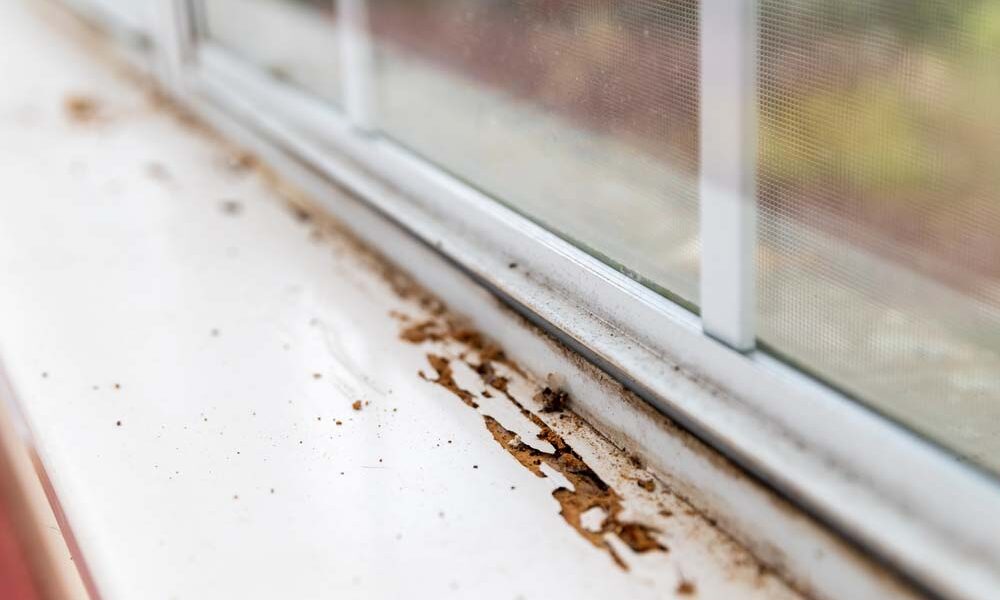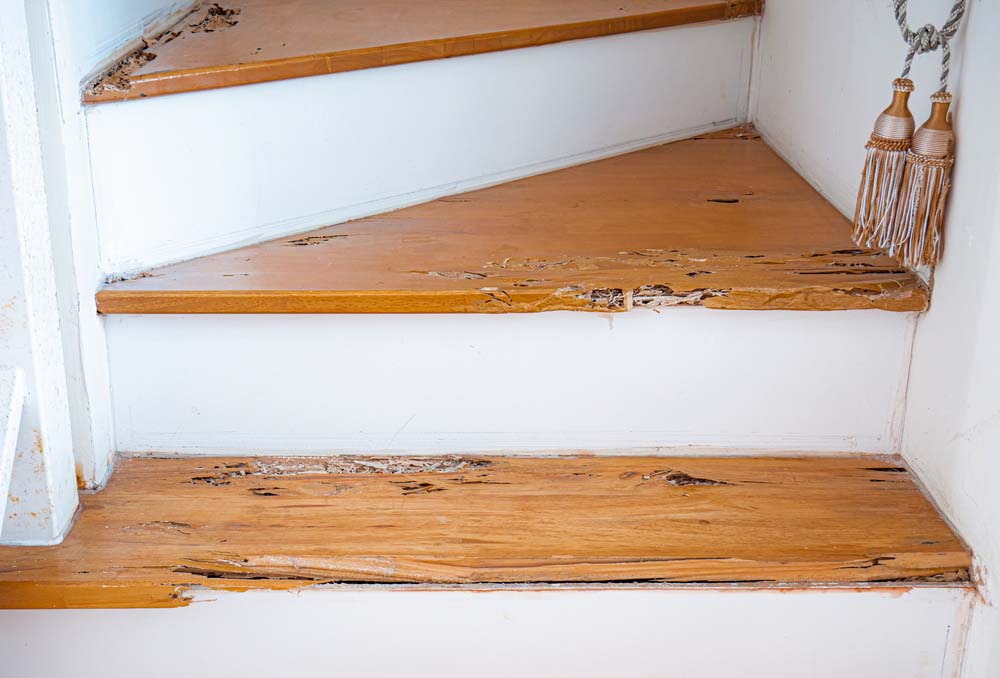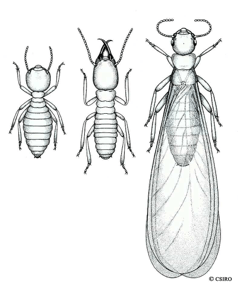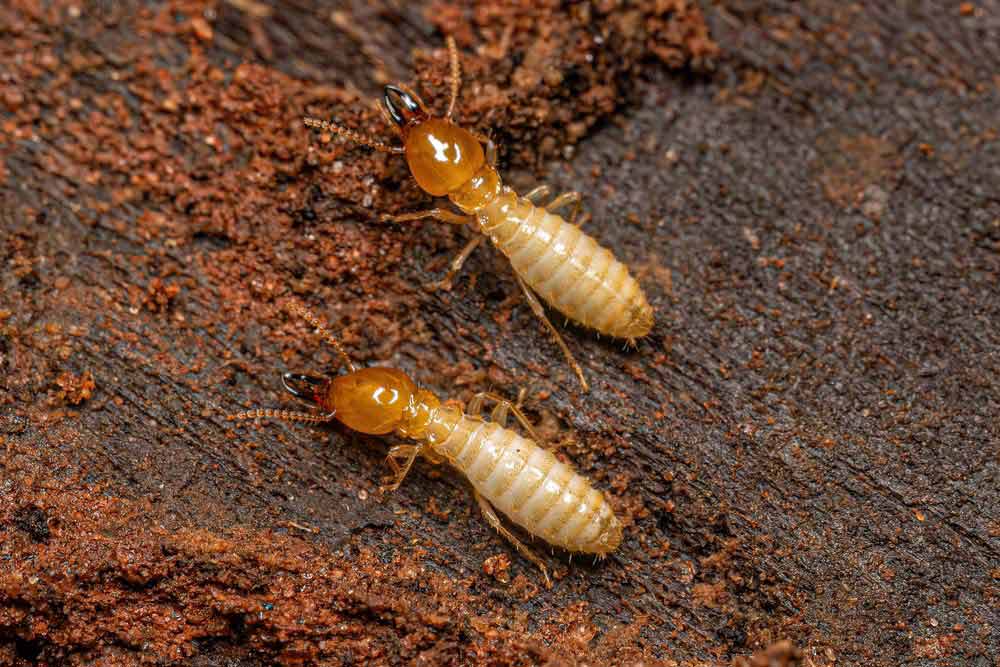
Why Pest Detection is an Important Part of the Building Inspection Process
So, you’ve just received the report from a recent building inspection and the property is infested with termites. It’s important not to panic! If everything else lines up and the inspector confirms that there are minimal underlying issues, this can be a minor blip on an otherwise exciting investment opportunity, or even save you from making the wrong decision.
As both building and pest inspectors, we’ve uncovered our fair share of termite infestations over the years. Throughout this article, we’re going to share this knowledge and reiterate the importance of professional pest control after a building inspection.
Why You Need a Pest Inspection in Melbourne
Although a comprehensive building inspection can provide you with vital information, pests are an often overlooked piece of the puzzle. As we’ll go on to explain, unchecked infestations could wreak havoc on the property and leave you footing the bill for some serious repair costs.
With that in mind, here are some of the important reasons you need to engage a professional for a building and pest inspection in Melbourne.
Pest Conductive Climate
Melbourne has a temperate climate that makes living here quite comfortable, but it also creates an ideal environment for pests. This includes everything from termites that damage wooden structures to cockroaches seeking warmth during the colder months.
Protecting Property Value
No one wants the nasty surprise of pests, especially after you’ve just purchased a property. Fortunately, you do have the option to get a professional building and pest inspection in Melbourne. With the report findings in hand, you can maintain or even increase your property’s value, as well as give an accurate picture of its condition to potential buyers or renters.
Cost-Effective in the Long Run
Although a building and pest inspection will have an upfront cost, it’s essential to adopt a long-term mindset. Despite the initial outlay, the cost of rectifying extensive damage caused by pests can be exorbitant, as well as a real headache to sort out. Regular inspections are, therefore, a proactive way to save money in the future.
Preventing Further Damage
Termites can cause severe structural damage by hollowing out support beams, joists, and walls, leading to everything from sagging floors to cracked plaster, and misaligned doors or windows. Their activity may also result in hollowed wood, peeling paint, and moisture damage. The earlier they’re detected, the more damage can be prevented.

Expertise and Peace of Mind
Relying on professionals for your Melbourne building and pest inspection is always a good idea. They will have the right equipment and expertise to spot early signs of infestation, then be able to provide guidance on preventative measures and treatments.
Inspectors will often use equipment such as Termatrac Thermal, Radar and Moisture Sensors, as well as Flir C5 Thermal Imaging, and Tramex Me5 Moisture Encounters. This technology allows the inspectors to look beneath the surface and identify even the faintest signs of termite activity.
Insurance Coverage
Last but certainly not least, there’s the issue of insurance coverage and claims. This next point is very important–regardless of the property’s condition or age of the property, if a treatment is not in place and a ‘Durable Notice Sticker’ placed inside the Electrical Metre box, your home insurance won’t cover you in the event of any timber or structural damage suffered as a result of timber pest/termite attack.
Subterranean Termites: A Silent Attacker
When we talk about pest infestations and building inspections, we’re primarily talking about termites and timber pests. In the State of Victoria, there are five species that are known to cause damage to buildings
Let’s take a look at some of Victoria’s most common subspecies now.
Coptotermes
Responsible for over 80% of termite damage in Victoria, Coptotermes build nests in trees (especially eucalypts), stumps, under concrete flooring, and in wall cavities. Their soldiers, measuring 3.5–6.5 mm, have brown, sabre-like jaws and can eject a glue-like substance when disturbed. Colonies typically contain up to a million termites that are capable of travelling at least 50 metres via underground tunnels.

Porotermes adamsoni
Porotermes adamsoni (also known as dampwood termites) are Victoria’s largest termite species. These termites prefer to nest in large timber pieces, particularly wet, mountainous areas. They typically form smaller colonies, do not travel far, and are easier to control than other species.
Nasutitermes
Although a little less problematic in Melbourne, Nasutitermes exitiosus are more common north of the Great Dividing Range. They build thin-walled mound nests up to 1m in diameter and are often found attacking garden timbers.
Schedorhinotermes
Commonly found in northern Victoria, Schedorhinotermes colonies have both major (up to 5.6 mm) and minor (3.6 mm) soldiers. Unlike other subspecies, they are both destructive and nomadic, meaning that they live without a fixed nest.
Heterotermes ferox
Common across Australia but more rare in the State of Victoria, Heterotermes live in small colonies and tend to attack fence posts, timber flooring, and paling fences within a small radius of their nests. Their soldiers grow up to 4.75 mm and have dark jaws with parallel-sided heads.
Do You Need to Arrange a Pest Inspection? Take Note of These Common Signs of Termite Activity
Hollow-Sounding Wood
Wood that sounds empty or papery when tapped may be internally damaged by termites. These pests eat timber from the inside out, leaving just a thin outer shell that can easily go unnoticed. If you suspect termites, try tapping on skirting boards, door frames, or wooden furniture—if it sounds hollow, it’s time for an inspection. Ignoring this could lead to serious structural damage before you even realise there’s a problem
Mud Tubes
Thin, soil-like tunnels on walls, foundations, or wooden surfaces are a common indication of active termite movement. These tubes are created by termite colonies as a form of protection from predators, as well as maintaining the humidity they need to survive. If you spot them, don’t just brush them away—termites could be actively using them to access your home. Breaking one open may reveal live termites, which is a clear sign of an infestation.

Discarded Wings
Shed termite wings near windows, doors, or light sources suggest a recent swarm. When termites find a suitable place to start a new colony, they shed their wings and burrow into timber or soil. If you’re finding piles of tiny, translucent wings inside your home, it means termites are looking to settle in. Spotting them early can help prevent a full-blown infestation.
Stuck Doors & Windows
Warped frames caused by termite damage can make doors and windows difficult to open or close. This happens because termites consume the wood inside, causing it to weaken and shift. Many people mistake this for humidity issues, but if it’s happening along with other signs of termites, it’s worth investigating.
Termite Droppings
Small, wood-coloured pellets near infested areas indicate drywood termite activity. Unlike subterranean termites, drywood termites don’t rely on soil, so they push their waste out of tiny holes in wood. If you notice small piles of what looks like sawdust or coffee grounds, termites could be tunnelling through your timber.
Cleaning it up won’t solve the problem—professional treatment is the best course of action.
Using Chemical Barriers as a Pest Control Treatment
If the building inspection uncovers termites and timber pests, chemical barriers continue to be one of the pest control treatments in use today. Of course, it’s always important that any pest treatment methods comply with AS3660 standards.
Chemical barriers work best when they are continuous around the external perimeter of a structure. If there is a subfloor access for maintenance and inspection, it is not necessary to apply chemicals to the entire soil area, however these barriers can be applied to all existing:
- Stumps
- Structures walls
- Water & Waste pipes
- Any other building to soil connection that could provide concealed termite access.
Taking between 4-6 hours on average, this process also involves drilling concrete slabs and injecting chemicals at intervals along the internal walls, joins, and finally, creating an external perimeter of the structure.
Trust Inspect 365 for Pest Inspections and Treatments in Melbourne
About to invest in a property? It never hurts to play it safe and contact us for an independent building and pest inspection in Melbourne. Inspect365 was created to provide a unique, personal, and tailored experience to everyone from first home buyers, seasoned property investors, and everyone in between.
Using state-of-the-art technology, we offer detailed, accurate, and easy-to-read reports that are sent to you via email in just 4 hours. So, if you need a building inspector in Coburg, Malvern, or the Melbourne CBD, we’re available citywide.
Contact us and connect with our award-winning team today!





